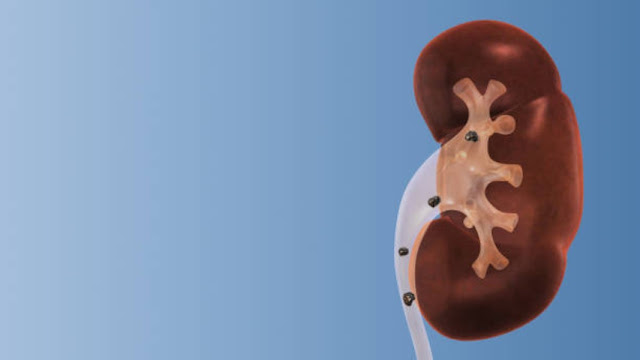Biomechanics

Biomechanics: Understanding the Mechanics of the Human Body
Biomechanics is a multidisciplinary field that combines
principles from physics, engineering, and biology to study the mechanics of
living organisms, particularly the human body. It focuses on understanding
biological systems' structure, function, and movement, analyzing the forces and
stresses acting upon them, and examining their responses and adaptations. By
studying biomechanics, researchers and professionals gain valuable insights
into human performance, injury prevention, rehabilitation, and the development
of new technologies. In this object, we will explore biomechanics' fundamental
concepts and applications.
Historical Development and Scope of Biomechanics:
The study of biomechanics dates back to ancient times, with
early observations and writings on human movement and anatomy. However, the
modern development of biomechanics as a scientific discipline began in the late
19th and early 20th centuries. Innovations in physics, engineering, and
medicine provided the tools and methodologies necessary for detailed
investigations into the mechanics of biological systems.
Today, biomechanics encompasses a broad range of
sub-disciplines, including:
Clinical Biomechanics: Focuses on the diagnosis, treatment,
and prevention of musculoskeletal disorders, analyzing movement patterns and
forces to optimize rehabilitation strategies.
Sports Biomechanics: Examines human performance in sports
activities, studying the mechanics of athletic movements, injury prevention,
and equipment design.
Ergonomics: Applies biomechanical principles to improve the
design of work environments, tools, and equipment, intending to enhance
productivity, safety, and user comfort.
Orthopedic Biomechanics: Investigates the mechanical
behavior of bones, joints, and implants, aiding in developing orthopedic
devices and surgical techniques.
Computational Biomechanics: Utilizes computer simulations
and mathematical models to study complex biomechanical phenomena, such as
tissue deformation and fluid flow.
Biomechanics of Human Gait: Analyzes the mechanics of human
walking and running, providing insights into gait abnormalities,
rehabilitation, and prosthetic design.
Critical Concepts in Biomechanics:
To understand biomechanics, several key concepts and
principles must be explored:
Kinematics: Kinematics deals with the description of motion,
including the position, velocity, and acceleration of objects. In biomechanics,
it helps analyze joint angles, segment movements, and overall body motion.
Kinetics: Kinetics involves the study of forces and torques
that cause motion or maintain equilibrium. Biomechanics employs kinetic
analysis to understand how forces influence the human body during various
activities.
Newton's Laws of Motion: Newton's laws provide the foundation for biomechanical analysis. They describe the relationship between forces, masses, and accelerations, guiding our understanding of how external forces affect body motion and internal forces maintain stability.
Stress and Strain: Stress refers to the internal resistance
experienced by a body when subjected to external forces, while strain
represents the resulting deformation or elongation. Studying stress and strain
helps assess tissue and material properties, aiding in the design of implants
and rehabilitation protocols.
Biomechanical Modeling: Biomechanical modeling involves
creating simplified representations of biological systems to simulate and
analyze their behavior. Models can range from simple mechanical systems to
complex computational models that simulate the interaction of tissues and
fluids.
Applications of Biomechanics:
Biomechanics has numerous practical applications across
various fields. Some notable applications include:
Sports Performance: Biomechanics provides insights into
optimal techniques, training methods, and equipment design in sports.
Researchers and coaches can help athletes enhance their performance and reduce
the risk of injuries by analyzing the mechanics of athletic movements.
Injury Prevention and Rehabilitation: Biomechanical analysis
aids in understanding the causes and mechanisms of injuries. Clinicians can
develop effective prevention strategies and rehabilitation protocols by
identifying faulty movement patterns and analyzing the forces acting on the
body.
Prosthetics and Orthotics: Biomechanics is crucial in
designing prosthetic limbs and orthotic devices. By considering the
biomechanical characteristics of the human body, engineers can develop devices
that closely mimic natural movement and enhance mobility and quality of life
for those with limb loss or impairment.
Ergonomics and Workplace Design: Applying biomechanical
principles to ergonomics helps optimize the design of work environments,
reducing the risk of musculoskeletal disorders and improving productivity. By
analyzing body postures, forces, and repetitive motions, researchers can
develop ergonomic guidelines for various occupations.
Conclusion:
Biomechanics plays a vital role in understanding the
mechanics of the human body, providing insights into human performance, injury
prevention, rehabilitation, and the development of innovative technologies. By
studying the principles of motion, forces, and mechanics, researchers and
professionals in biomechanics continue to advance our knowledge, leading to
improved human health, performance, and quality of life. With ongoing
technological advancements and interdisciplinary collaborations, the field of
biomechanics holds great promise for the future002E

Comments
Post a Comment